Born in Cambridge
Meet 10 University spinouts that are having an impact in the UK and around the world.

If new ideas and new ways of doing things are to make a difference to our lives, they need people and organisations to put them into practice.
At the heart of one of the world's most successful innovation ecosystems, the University of Cambridge is full of entrepreneurial researchers and students with the drive and imagination to bring research ideas out of labs and libraries and into the real world.
Here are 10 Cambridge spinouts and start-ups that are making a difference.
1. Discovering new drugs
Astex Pharmaceuticals
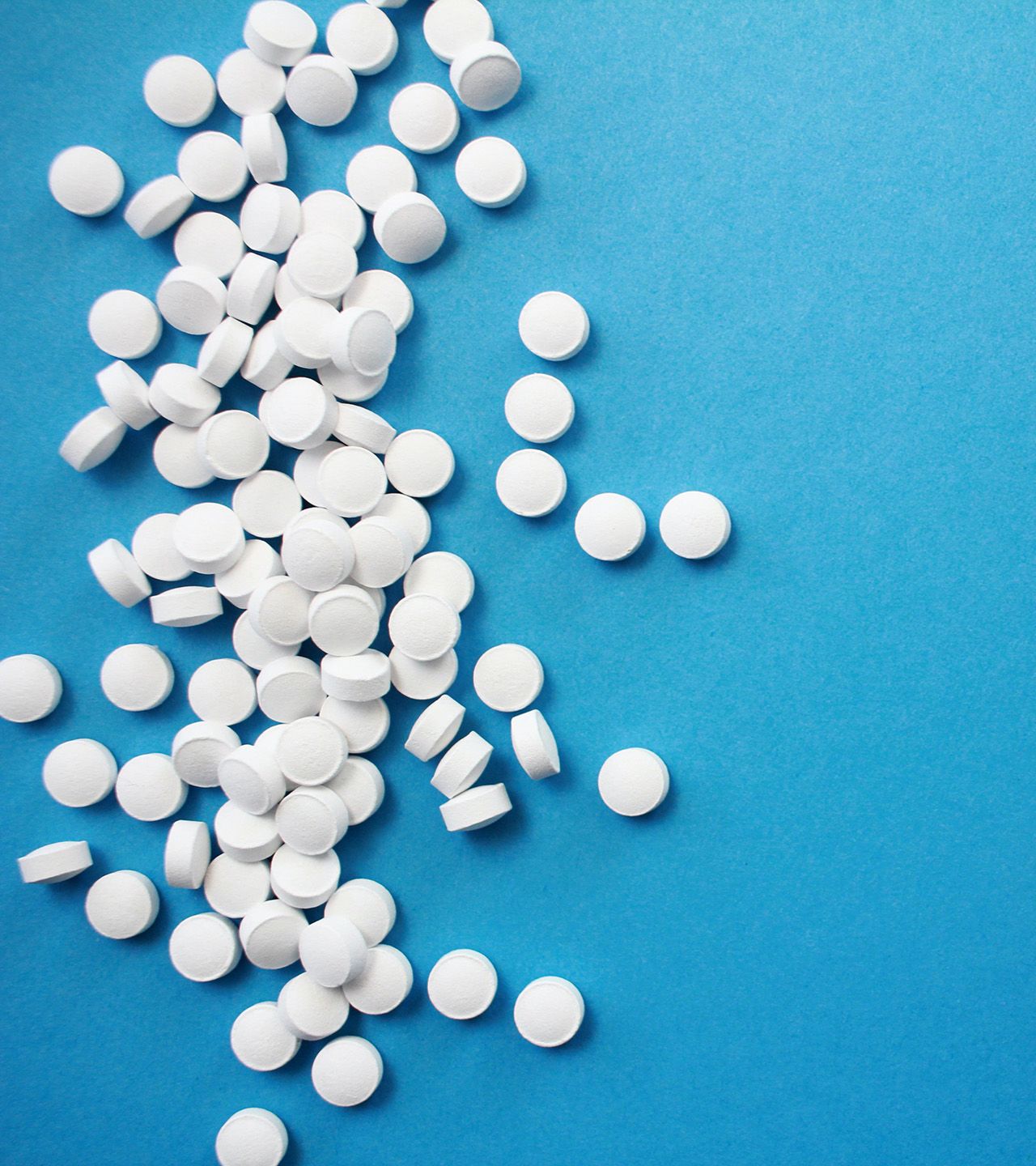
A new technique that speeds up drug discovery has led to the development of two successful cancer treatments.
Kisqali has been approved for treating advanced breast cancer in more than 95 countries and Balversa, used for advanced bladder cancer, was fast-tracked for approval in 2019 by the US Food and Drug Administration.
These drugs were developed by University spin-out Astex using fragment-based drug discovery, pioneered by a team of Cambridge chemists and biochemists.
The technique has since been adopted by most major pharmaceutical companies and more than 40 compounds discovered using it have reached clinical trials.
2. Unclogging our pipes
BioBullets
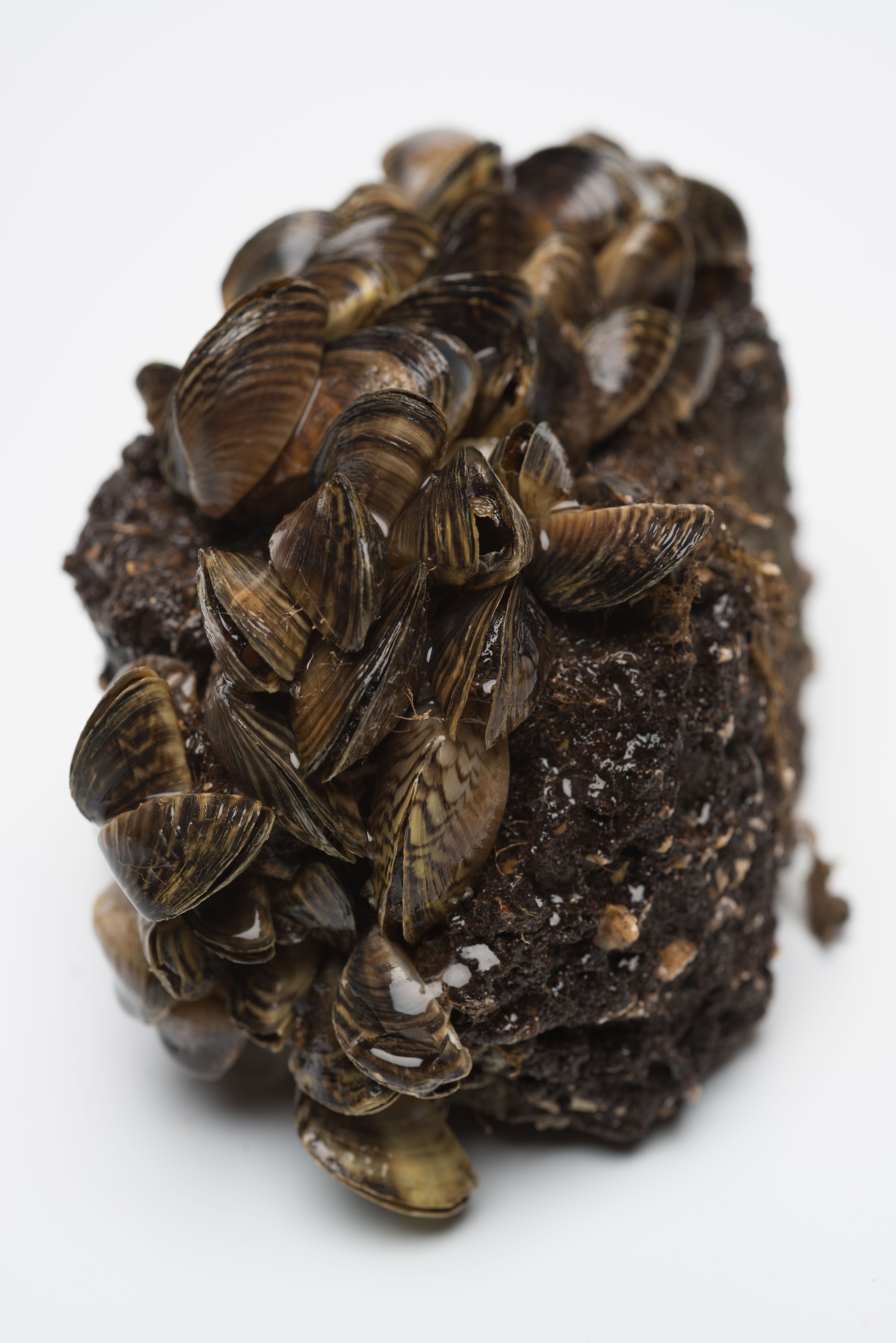
The UK's water pipes are being cleared of blockages caused by an invasive mollusc.
The zebra mussel, a species originally native to Eastern Europe but now spread around the world, is wreaking havoc as it invades new territories.
Unlike native freshwater mussels, zebra mussels can attach to hard surfaces. This leads to a build-up on the inside of pipes that supply raw water for treatment, reducing the flow of water and forcing the water companies to take the pipes out of commission while they are cleaned - at an annual cost of £8 million in the UK.
BioBullets is the brainchild of a Cambridge zoologist and a chemical engineer.
Together they have developed tiny fat-covered particles that have proved to be tasty morsels for the zebra mussels, containing toxins lethal to them but not to other native species.
The technology is being trialled by seven water companies that supply drinking water to 52% of the UK population (34.7 million people).
3. Making our phones faster and greener
Cavendish Kinetics

A technology developed by Cambridge physicists is used in 35 million phones to send and receive data faster, using less power and with lower CO2 emissions.
A team of physicists came up with a low-cost micro-electromechanical (MEMS) alternative to expensive switches connected to fixed capacitors. Its digital variable capacitors both increase the speed at which data can be sent and received and reduce the power needed to do so, increasing efficiency by as much as 100% in comparison to broadband antennas.
Its capacitors also reduce CO2 emissions. The energy saved by the 35 million phones containing this technology equates to an estimated combined 2 million kg of CO2 emissions per year.
Cavendish Kinetics was spun out of the University in 1994 and acquired by Qorvo Inc in 2019 for more than $300 million.
4. Diagnosing us early
Cyted

A non-invasive test coupled with AI is helping to spot the early signs of oesophageal cancer in tissue samples.
Oesophageal cancer is one of the world's most lethal cancers - and it's on the rise. Only 13% of patients diagnosed with oesophageal cancer survive for more than five years and it's now six times more common than it was in the 1990s.
More than half of all cases could be prevented though, if a condition known as Barrett's oesophagus is found and treated early. Cambridge researchers have invented a simple, cost-effective early oesophageal cancer detection test to do just that.
A patient swallows a capsule which collects cells from the oesophagus in a process that takes just ten minutes. Cyted then digitises cell samples which are analysed by its pathologists.
Normally, analysing samples creates extra work for an already overstretched health service. Cyted uses deep learning pathology techniques to do the leg work, so that human pathologists need only look at the cases that aren't clear cut.
More than 10,000 of its early oesophageal cancer detection tests have been rolled out to NHS services across the UK.
5. Upping our games
Geomerics

More than 2 billion gamers have had their online lives transformed by geometric algebra.
A group of Cambridge astrophysicists and engineers used this mathematical framework to revolutionise the lighting and graphics used in some of the world's most successful gaming franchises.
They created a company, Geomerics, which spun out of the University in 2005.
In 2014, it was bought by another Cambridge success story, chip-design giant, Arm.
The technology has been used by major games publishers to remake the iconic 90s game Final Fantasy VII and to upgrade some of the biggest blockbuster franchises in gaming history, including FIFA, which alone has 45 million players generating revenue of more than $1.2 billion each year.
6. Making us better
KuDOS Pharmaceuticals
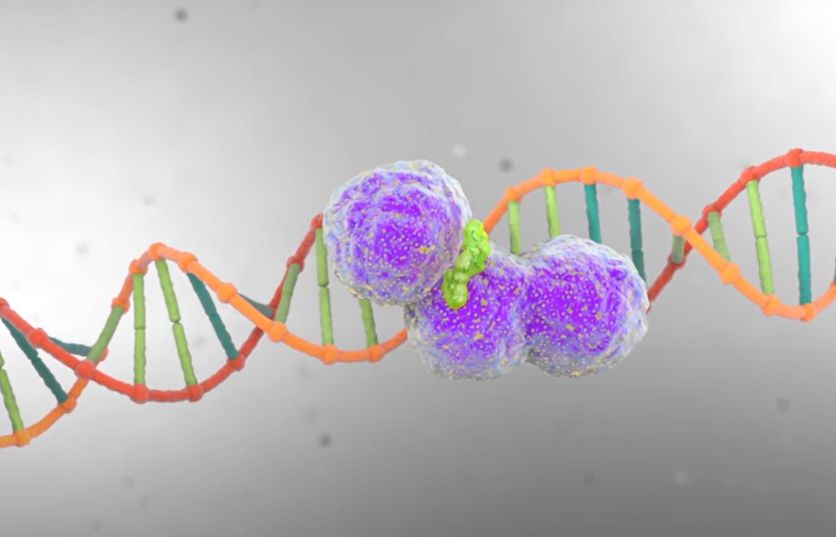
More than 30,000 cancer patients have been treated with Olaparib, a revolutionary new cancer drug developed by Kudos Pharmaceuticals.
Fundamental research by a team of University scientists into DNA damage mechanisms led to the development of Olaparib.
They discovered that the dysfunction of two genes known to increase the risk of cancer sensitises cells to the inhibition of a critical enzyme involved in DNA repair. The researchers harnessed this discovery to develop a new therapeutic approach which resulted in Olaparib, the world’s first marketed DNA-repair enzyme inhibitor.
This breakthrough drug reduces disease progression and death by up to 66% in four types of cancer - breast, ovarian, prostate and pancreatic - and is now being used in 73 countries.
Olaparib was originally developed by spin-out company KuDOS Pharmaceuticals, which was acquired by AstraZeneca in 2005.
7. Targeting new treatments
Inivata
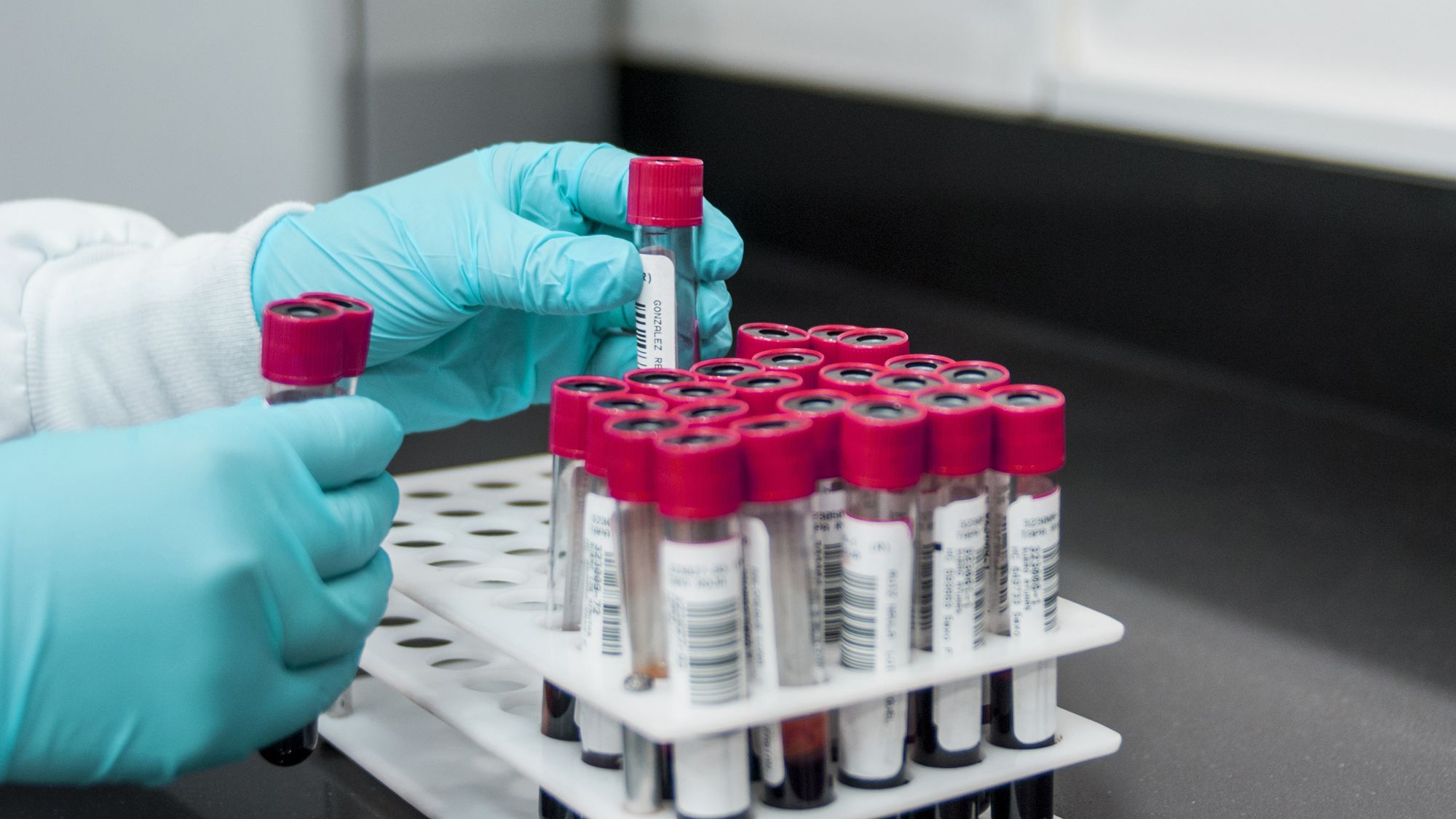
Lung cancer patients are getting more targeted treatment, thanks to the development of a non-invasive blood test.
Lung cancer is one of the most prevalent and hardest to treat of all the cancers. The more doctors can understand what's happening at the tumour level, the better they can target their treatment.
Previously, this was only possible by taking tissue samples - an invasive and unpleasant surgical procedure. Scientists at Cambridge developed a blood test (or liquid biopsy) which shows how a tumour is progressing and gives clinicians vital information in deciding how to treat it.
The researchers commercialised the technology through a spin-out, Inivata, which was bought by NeoGenomics, Inc Group in 2021.
8. Healing our wounds
Inotec AMD
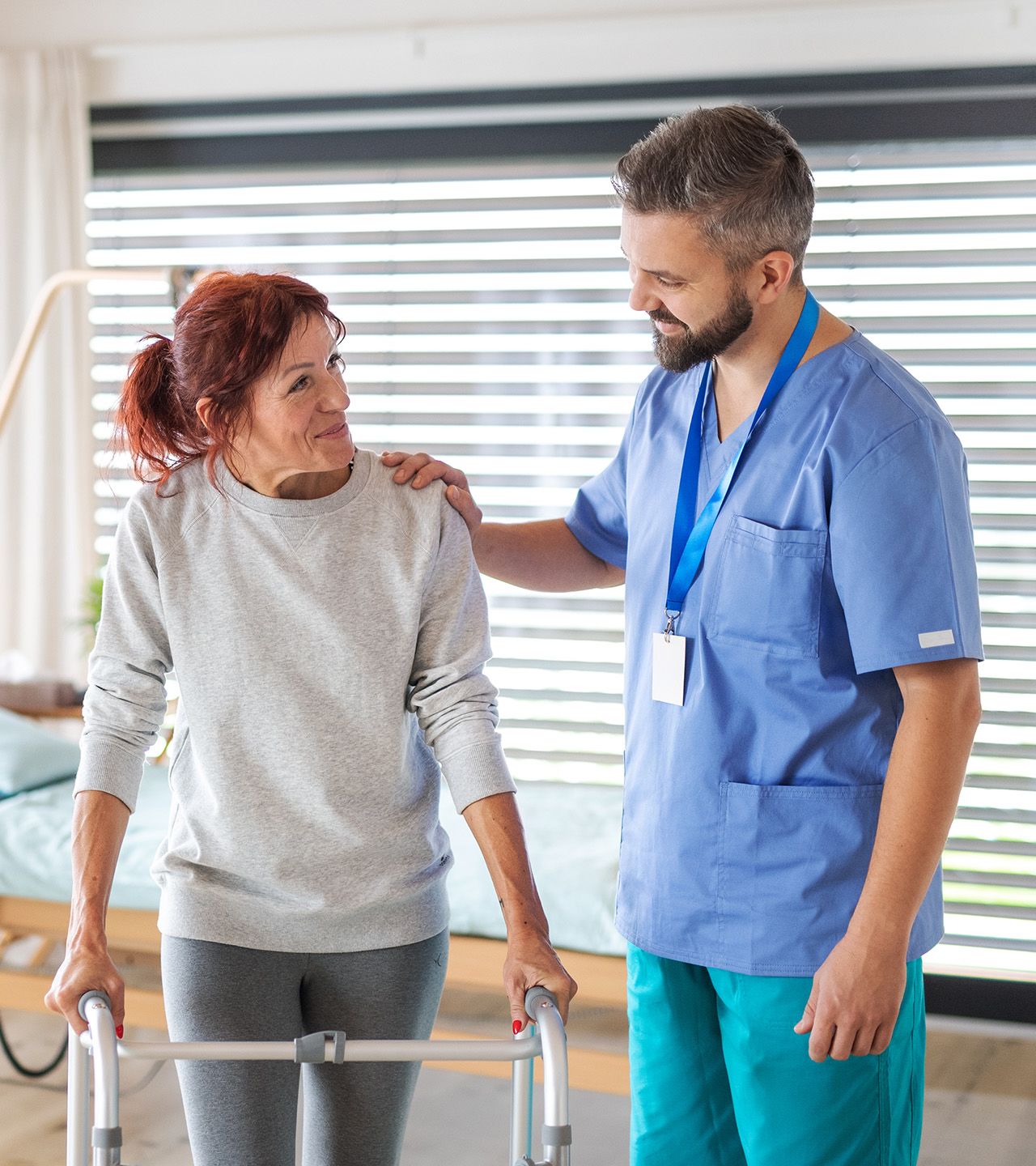
An ingenious device called NATROX® O2 is helping to heal chronic and hard-to-heal wounds by generating oxygen and delivering it directly to the wound site.
If an elderly person, or someone with a health condition like diabetes, sustains a wound, it can take a long time to heal. In some cases, it never does - which can result in amputation. Wound management costs the NHS around £8.3 billion a year, of which 67% is spent managing unhealed, chronic wounds.
In the early 2000s, a Cambridge material scientist and a local inventor and entrepreneur came up with a clever way of extracting oxygen from the air and applying it to the wound.
They set up Inotec AMD to develop and commercialise NATROX® O2, a wearable, battery-powered device the size of a mobile phone.
Clinical trials have shown that Natrox® O2 was able to heal up to 57% of these chronic wounds, significantly reducing the cost of treatment and vastly improving patients’ quality of life. Since 2013 it has been used to treat many thousands of patients in more than 29 countries.
9. Sequencing our genomes
Solexa

More than 1 million genomes are sequenced every year thanks to a technology developed by Cambridge chemists.
Solexa Sequencing is having a profound impact on human health and our understanding of the genetic basis of disease. Solexa was spun out of the University in 1998 and acquired by Illumina in 2007.
The technology underpins some of the world's major genome sequencing projects. It has, for example, enabled the Cambridge-led COG-UK team to track the emergence and spread of COVID-19 and all its variants.
Illumina currently has more than 7,000 employees worldwide and annual revenues of more than $3 billion per annum.
10. Saving us time
SwiftKey

300 million mobile phone users have been spared a collective 100,000 years of typing, thanks to Cambridge computer scientists.
They used machine learning and natural language processing to predict what we want to type. The company they started in 2009 became SwiftKey.
By June 2014, users were estimated to have saved half a trillion keystrokes. By 2016, SwiftKey software was installed on more than 300 million devices.
It was estimated that its users had saved nearly 10 trillion keystrokes, across 100 languages, amounting to more than 100,000 years in combined typing time.
The success of SwiftKey led to its acquisition by Microsoft in 2016 for $250 million, and the software was incorporated into Microsoft’s flagship mobile app, SwiftKey Keyboard for iPhone and Android, with 500 million installations by 2020.
These new ventures were included among the examples of impact in the University's 2021 REF submission. They are a representative few of the many spinouts and start-ups founded by Cambridge researchers, staff and students in recent years.
You can find out about some of the other Cambridge-born businesses and social ventures that are changing our world at Cambridge Enterprise and the Department of Computer Science and Technology.
Published 7 December 2022
With thanks to:
The University of Cambridge REF team
Photography
Banner: People meeting round a table. Getty Images. Credit: Image Source
1. Pills. Unsplash. Credit: Hal Gatewood
2. Zebra mussels. iStock / Getty Images Plus. Credit: sdphotography
3. Mobile phone. Unsplash. Credit: charlesdeluvio
4. Man with heartburn. Pixaby. Credit: Natural Herbs Clinic
5. Credit: Geomerics
6. PARP inhibitor. Credit: University of Cambridge
7. Test-tubes. Pixabay. Credit: Fernando Zhiminaicela
8. Healthcare worker supporting a patient. Getty Images: Halfpoint Images
9. DNA. iStock. Credit: ktsimage
10. Typing on a phone. Unsplash. Credit: freestocks
The text in this work is licensed under a Creative Commons Attribution 4.0 International License


